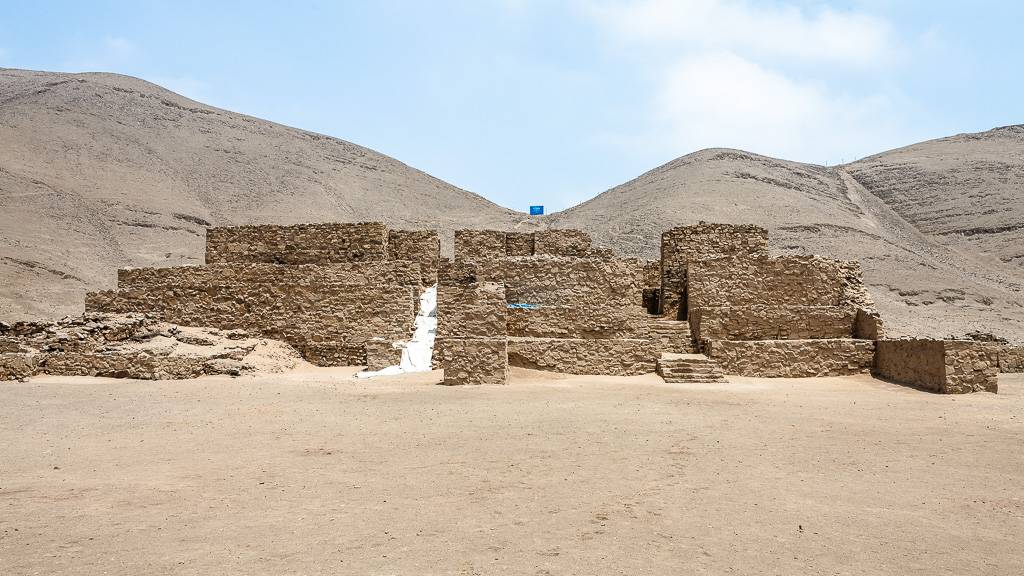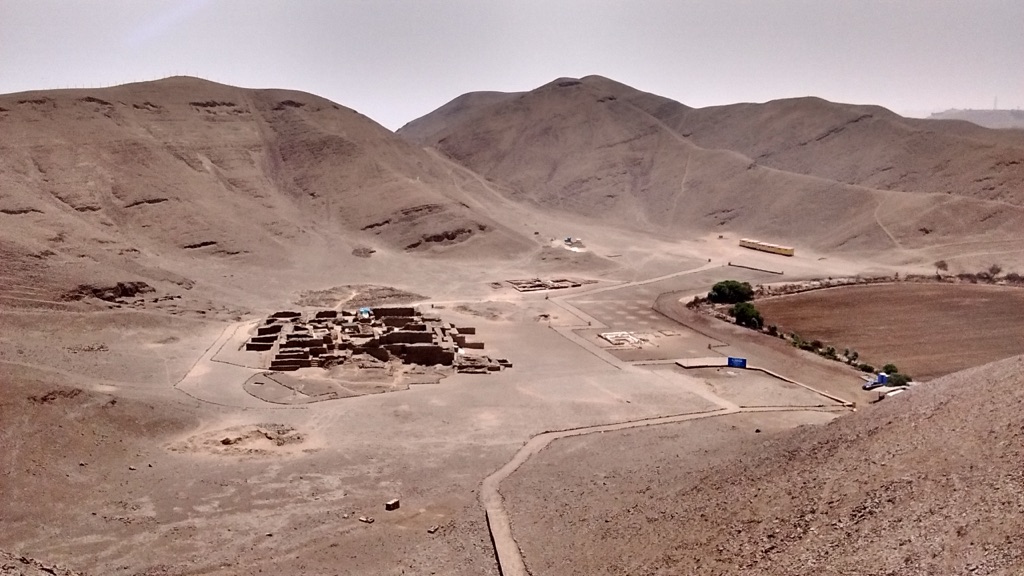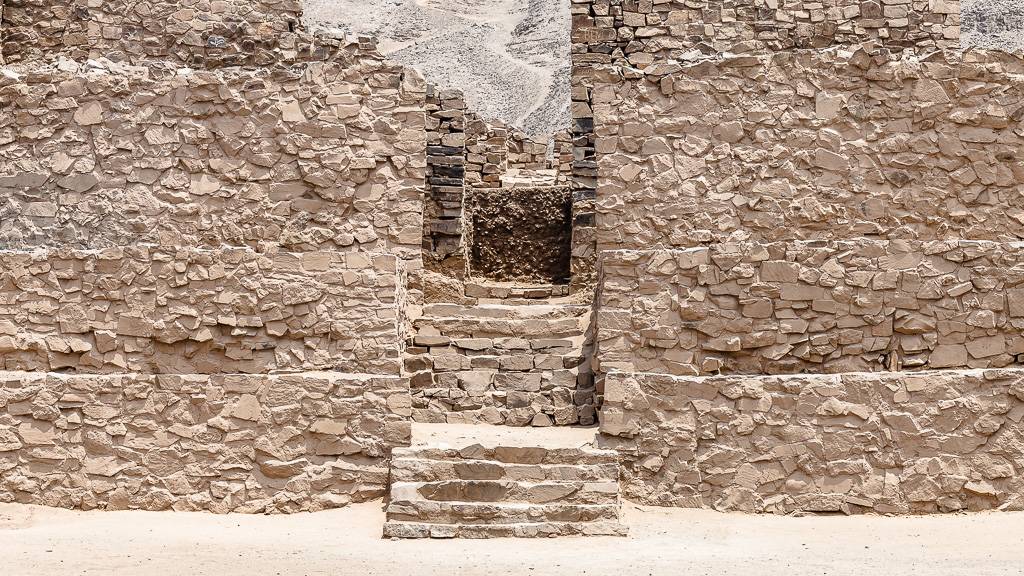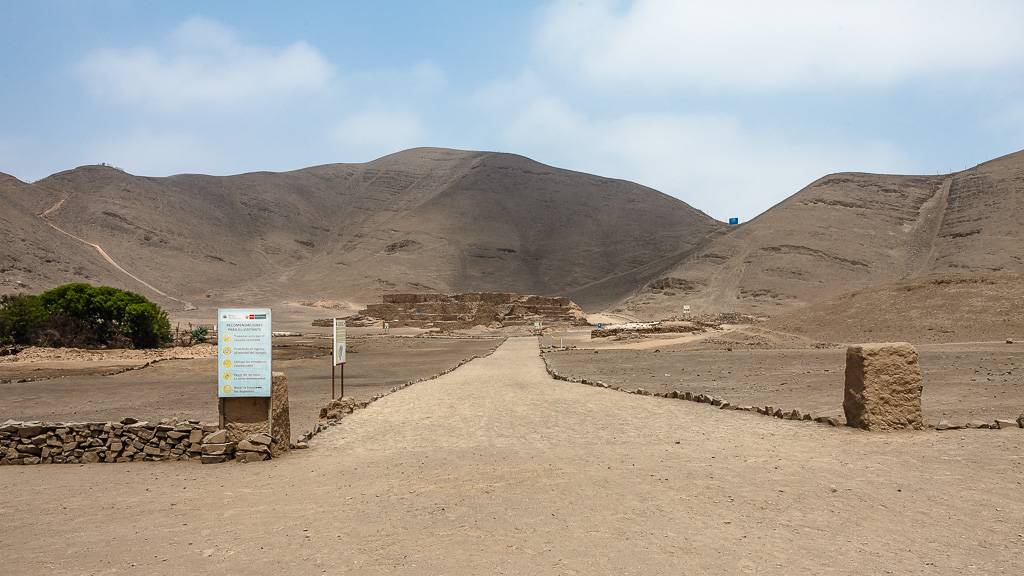El Paraíso is an ancient archaeological site located in the Chillon Valley, near Lima, Peru. It dates back to approximately 2200-2000 BC, making it one of the oldest structures in the Americas. The site consists of a complex of monumental buildings, plazas, and residential areas. It’s believed to have been a ceremonial and administrative center, showcasing the sophistication of early Peruvian civilization. El Paraíso provides valuable insights into the Andean societies that flourished long before the Inca Empire.
Get your dose of History via Email
Historical Background of El Paraíso, Peru
El Paraíso was discovered in the 1950s by Peruvian archaeologist Pedro José Benavides. Excavations began in 1965, revealing the site’s significance. The complex was built by a pre-ceramic society, indicating advanced social organization without the use of pottery. This society inhabited the area and likely played a role in the development of Andean culture. While not the scene of any known historical events, El Paraíso’s existence is crucial for understanding prehistoric Peru.
The builders of El Paraíso remain unidentified, but they were part of a sophisticated society. They constructed the site using a massive amount of rock and earth. The labor-intensive process suggests a well-organized community with social hierarchy. Over time, the site was abandoned. It’s unclear why, but theories suggest environmental changes or social upheaval could be responsible.

Later cultures did not significantly inhabit El Paraíso, preserving its original structure. The site’s isolation helped protect it from urban expansion until recent threats emerged. Despite this, El Paraíso remains relatively intact, offering a window into ancient Peru.
El Paraíso’s discovery and subsequent studies have not uncovered evidence of it being a battleground or politically significant location. Instead, its importance lies in its ceremonial and cultural significance. The site provides evidence of complex societal structures long before the rise of more well-known civilizations like the Moche or Nazca.
Today, El Paraíso is recognized as a vital piece of Peruvian heritage. It offers insights into the social and religious practices of early Andean societies. The site continues to be an important focus for archaeological research, shedding light on pre-Columbian history.
About El Paraíso, Peru
El Paraíso is a large, sprawling complex covering over 50 hectares. It features several mounds, plazas, and residential spaces. The main structure is a massive, terraced pyramid. It’s made primarily of stone and earth, showcasing impressive engineering skills.

The buildings at El Paraíso were constructed using a technique called “shicra.” This involved filling woven bags with stones and piling them to create walls. The method was labor-intensive but effective for creating large, stable structures.
Architectural highlights include the central pyramid and surrounding plazas. These spaces likely served as public gathering areas for ceremonies and community events. The layout suggests a clear social order, with the central pyramid as the focal point.
The construction materials for El Paraíso were locally sourced. The builders used river cobbles and rocks from nearby hills. This choice of materials reflects a deep understanding of the local environment and available resources.
Despite its age, El Paraíso’s architecture has withstood the test of time. The site remains a testament to the ingenuity of its builders. It provides a glimpse into the architectural practices of ancient Andean societies.

Theories and Interpretations
Several theories exist about El Paraíso’s purpose. Most agree it was a ceremonial center. Its size and layout suggest it was a place of importance for the local community.
Some believe El Paraíso was a religious site. The central pyramid may have been a temple or a place for ritual activities. This theory is supported by the absence of domestic artifacts, indicating a non-residential use.
Mysteries surround El Paraíso, such as the reason for its abandonment. Some speculate that climatic changes made the area less hospitable. Others suggest a shift in religious or social paradigms led to its decline.
Interpretations of El Paraíso often rely on comparisons with other sites. Archaeologists look for patterns in architecture and artifacts to draw conclusions. However, without written records, much of El Paraíso’s history is speculative.
Dating of El Paraíso has been carried out using carbon-14 and other methods. These techniques have helped establish a timeline for the site’s construction and use. They provide a chronological framework for understanding its place in Andean history.

At a glance
Country: Peru
Civilization: Pre-ceramic Andean society
Age: Approximately 4000-4200 years old (2200-2000 BCE)
Conclusion and Sources
Reputable sources used in creating this article:
